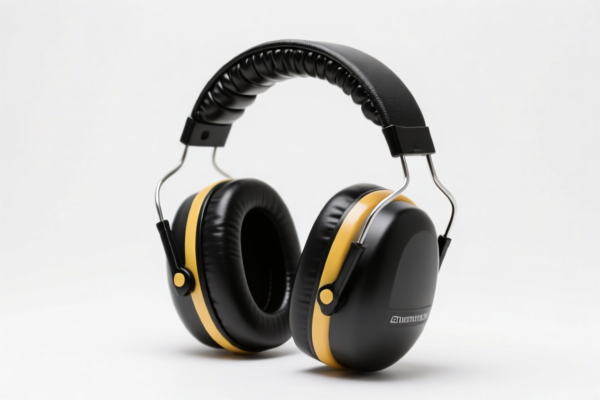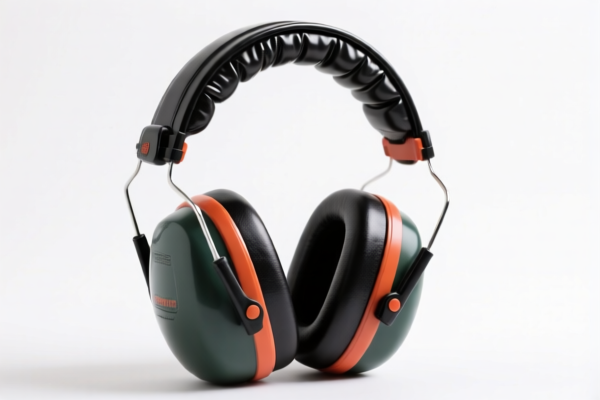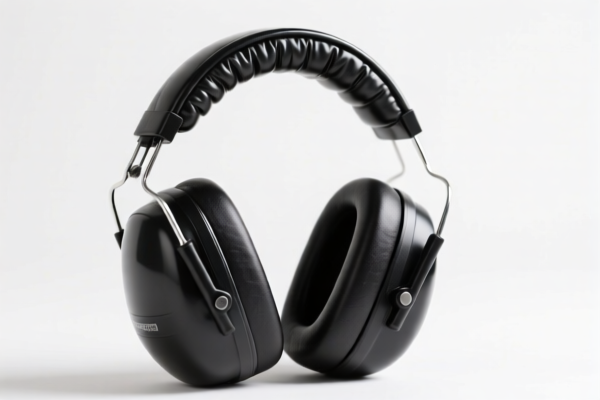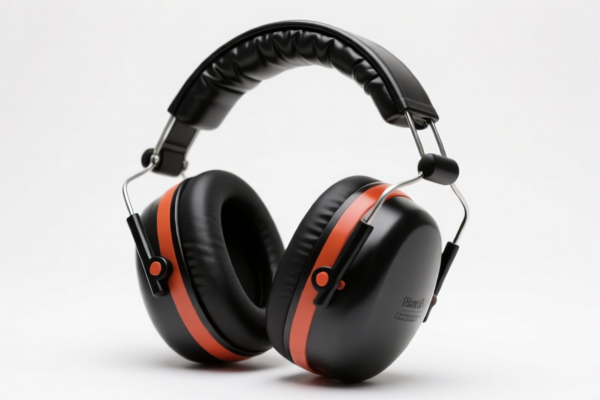| HS Code | Official Doc | Tariff Rate | Origin | Destination | Effective Date |
|---|---|---|---|---|---|
| 6806900010 | Doc | 55.0% | CN | US | 2025-05-12 |
| 6806900090 | Doc | 55.0% | CN | US | 2025-05-12 |
| 6811899000 | Doc | 55.0% | CN | US | 2025-05-12 |
| 6811891000 | Doc | 55.0% | CN | US | 2025-05-12 |
| 6812911000 | Doc | 63.3% | CN | US | 2025-05-12 |
| 6812919000 | Doc | 55.0% | CN | US | 2025-05-12 |
| 6815994170 | Doc | 55.0% | CN | US | 2025-05-12 |
| 6506910060 | Doc | 55.0% | CN | US | 2025-05-12 |
| 6506996000 | Doc | 63.5% | CN | US | 2025-05-12 |
| 6505009089 | Doc | 20.7¢/kg + 7.5%+30.0% | CN | US | 2025-05-12 |
| 6505009089 | Doc | 20.7¢/kg + 7.5%+30.0% | CN | US | 2025-05-12 |
| 3926201010 | Doc | 30.0% | CN | US | 2025-05-12 |
| 3926909989 | Doc | 42.8% | CN | US | 2025-05-12 |
| 3924104000 | Doc | 33.4% | CN | US | 2025-05-12 |
| 3924905650 | Doc | 40.9% | CN | US | 2025-05-12 |




Earmuff
An earmuff is a device worn over the ears to provide hearing protection or warmth. They consist of a pair of cups connected by a band that rests over the head.
Material
Earmuffs are constructed from a variety of materials, each contributing to specific characteristics:
- Cups: Historically made of leather or fur, modern earmuffs commonly utilize plastic, foam, and synthetic materials like PVC or polyurethane. The inner surface of the cups is often lined with soft foam for comfort and a better seal.
- Bands: Typically constructed from flexible plastic, metal (often stainless steel), or fabric-covered bands. Padding, such as foam or cushioned fabric, is incorporated for comfortable head contact.
- Seal: The effectiveness of earmuffs relies heavily on the seal created around the ear. This is achieved through foam padding and the clamping force of the band.
Purpose
The primary purposes of earmuffs are:
- Hearing Protection: Blocking or reducing harmful noise levels, protecting against noise-induced hearing loss.
- Warmth: Providing insulation to keep ears warm in cold weather.
- Comfort: Reducing sensitivity to sounds or providing a sense of calm.
Function
Earmuffs function by creating a barrier that attenuates sound waves.
- Noise Reduction: The cups physically block sound from reaching the ear canal. The materials used and the design of the cups influence the level of noise reduction.
- Passive Noise Cancellation: Earmuffs are a form of passive noise cancellation, meaning they physically block sound rather than actively cancelling it out with electronic components.
- Insulation: In cold weather, the materials trap air and prevent heat loss from the ears.
Usage Scenarios
Earmuffs are utilized in a wide range of environments:
- Industrial Settings: Protecting workers from loud machinery and equipment.
- Construction Sites: Reducing noise exposure from power tools and heavy equipment.
- Shooting Ranges: Blocking the sound of gunfire to prevent hearing damage.
- Airports: Reducing noise from aircraft engines.
- Concerts & Events: Protecting hearing from loud music.
- Cold Weather Activities: Providing warmth during winter sports, outdoor work, or travel.
- Sleep: Blocking out disruptive sounds for better sleep quality.
- Sensory Sensitivity: Providing a calming effect for individuals with noise sensitivities.
Common Types
- Passive Earmuffs: The most common type, relying on physical blocking of sound. These are rated by a Noise Reduction Rating (NRR), indicating the level of noise reduction they provide.
- Electronic Earmuffs: Incorporate electronic components to amplify quiet sounds while suppressing loud noises. Useful for hunting or situations where situational awareness is important.
- Foldable Earmuffs: Designed to be compact and portable, often used for travel or storage.
- Fashion Earmuffs: Primarily designed for warmth and style, often made with plush materials and decorative elements.
- Infant/Children's Earmuffs: Smaller sizes designed for use by babies and children to protect their sensitive hearing.
- Gel Earmuffs: Feature gel inserts for increased comfort and a tighter seal.
Earmuff Commodity Classification and Tariff Information
Based on the provided reference material, the classification of “earmuff” requires careful consideration of its material and intended use. The following HS codes may be relevant:
- 6506910060: Other headgear, whether or not lined or trimmed: Other: Of rubber or plastics Other. This code covers headgear made of rubber or plastics, which could include certain types of earmuffs.
- 65: Chapter 65 refers to Headgear and other wearing apparel, not knitted or crocheted.
- 06: Heading 6506 specifically covers headgear, including protective headgear.
- 91: Subheading 650691 covers other headgear, not elsewhere specified.
- 00: Further specifies "Of rubber or plastics Other".
- 6506996000: Other headgear, whether or not lined or trimmed: Other: Of other materials: Other. This code applies to earmuffs made from materials other than rubber or plastics.
- 65: Chapter 65 refers to Headgear and other wearing apparel, not knitted or crocheted.
- 06: Heading 6506 specifically covers headgear, including protective headgear.
- 99: Subheading 650699 covers other headgear, not elsewhere specified.
- 60: Further specifies "Of other materials: Other".
- 3926201010: Other articles of plastics and articles of other materials of headings 3901 to 3914: Articles of apparel and clothing accessories (including gloves, mittens and mitts): Gloves, mittens and mitts: Seamless Surgical and medical. If the earmuff is specifically designed for surgical or medical use and made of plastic, this code may be applicable.
- 39: Chapter 39 covers Plastics and articles thereof.
- 26: Heading 3926 covers other articles of plastics.
- 20: Subheading 392620 covers articles of apparel and clothing accessories.
- 10: Further specifies "Gloves, mittens and mitts: Seamless Surgical and medical".
Tariff Information:
- For 6506910060 and 6506996000, the applicable tariff is a base tariff of 0.0%, with an additional tariff of 25.0%. After April 2, 2025, the additional tariff will increase to 30.0%, resulting in a total tariff of 55.0%.
- For 3926201010, the applicable tariff is 0.0% with an additional tariff of 0.0%. After April 2, 2025, the additional tariff will increase to 30.0%, resulting in a total tariff of 30.0%.
Proactive Suggestions:
When declaring earmuffs under HS code 6506910060 or 6506996000, it is important to accurately identify the material composition of the earmuff. If the earmuff is made of rubber or plastics, 6506910060 is more appropriate. Otherwise, 6506996000 should be used. If the earmuff is specifically designed for surgical or medical use, 3926201010 may be applicable, but confirmation of its intended use is required.
Customer Reviews
I found the trade regulations and HS Code information very useful for my export business. Well done!
The page provided helpful details on the HS Code and tariff rates. A bit technical, but very informative.
This page made it easy to understand the tariff rates for plastic doors. Highly recommend it for exporters.
The info on HS Code 3925 is accurate, but I wish there were more examples of similar products in the category.
I was impressed with the detailed trade regulations for exporting to the US. This saved me hours of research.